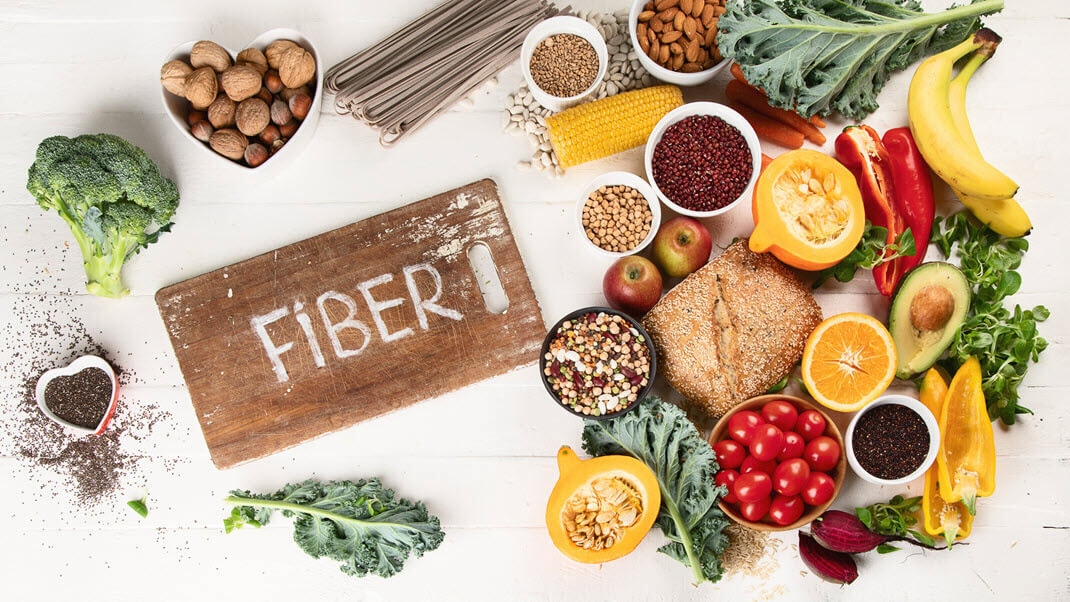09/25/2017
Food protein-induced enterocolitis syndrome typically affects infants and young children. It is also called FPIES – pronounced like the letter “F” followed by the word “pies.” FPIES is a rare type of food allergy that affects the digestive tract. Symptoms show up a few hours after eating. The hallmark symptom is severe vomiting. There can also be diarrhea, lethargy, dehydration, low blood pressure, and low body temperature. Milk, soy, rice, and oats are...







